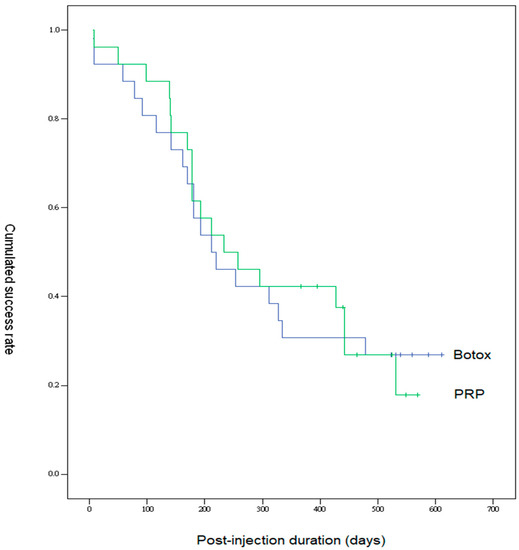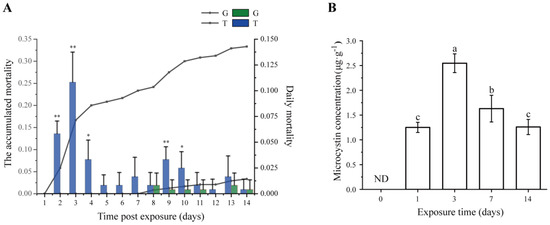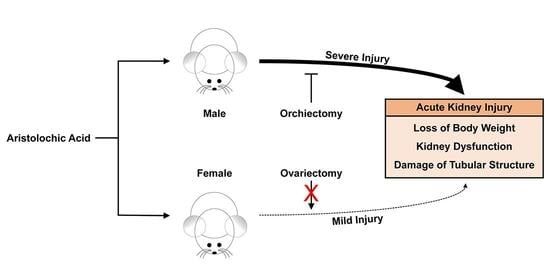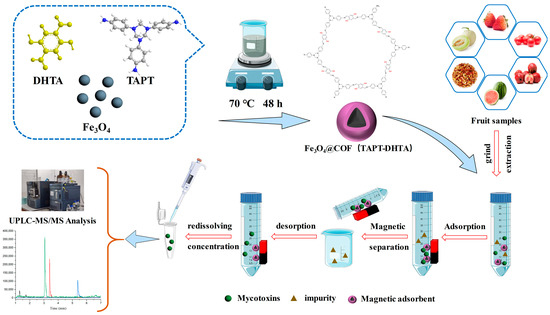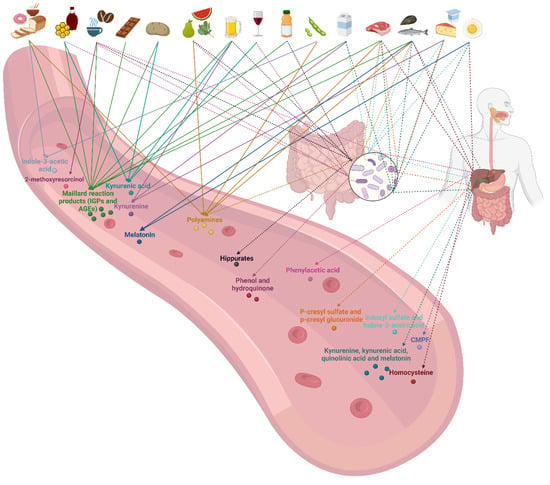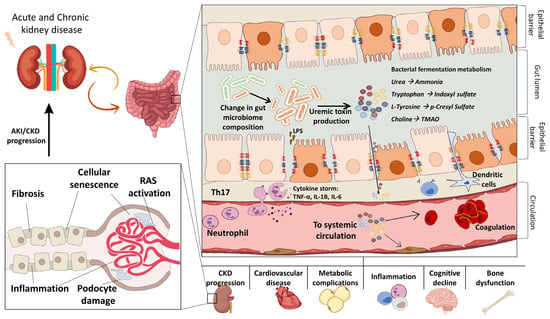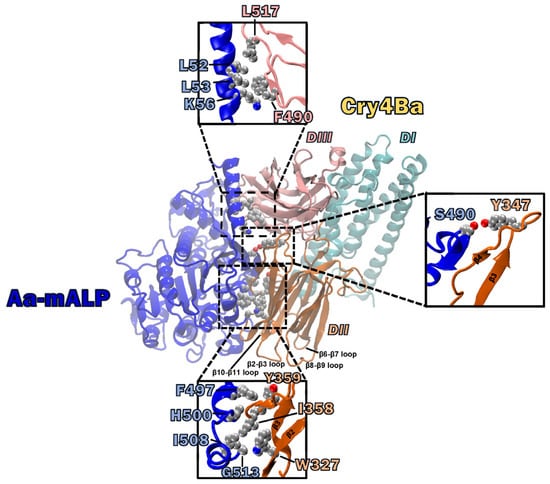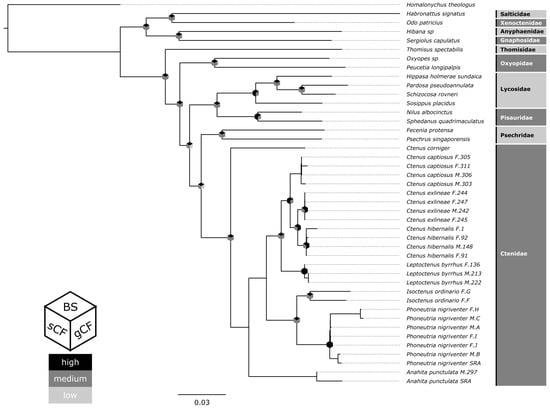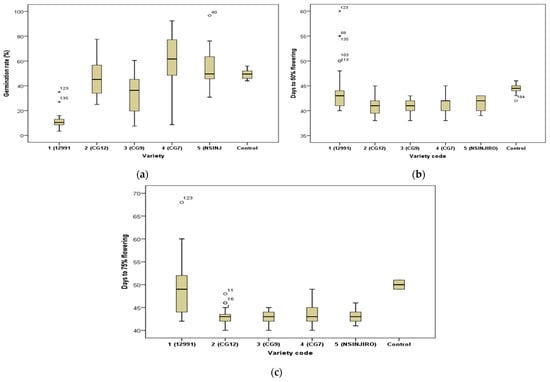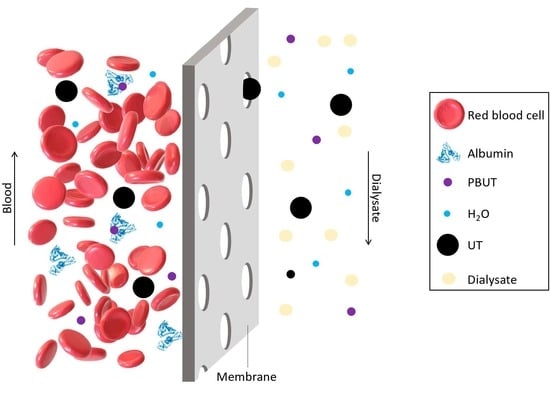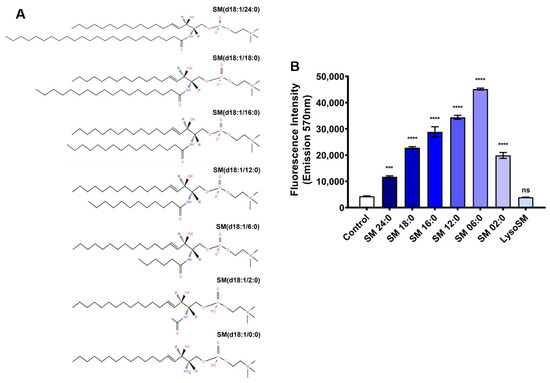Toxins 2023, 15(2), 122; https://doi.org/10.3390/toxins15020122 - 2 Feb 2023
Cited by 6 | Viewed by 1787
Abstract
This study was conducted to determine if a low monotonic dose of zearalenone (ZEN) affects the immunohistochemical expression (IE) of oestrogen receptor alpha (ERα) and oestrogen receptor beta (ERβ) in the intestines of sexually immature gilts. Group C (control group; n = 18)
[...] Read more.
This study was conducted to determine if a low monotonic dose of zearalenone (ZEN) affects the immunohistochemical expression (IE) of oestrogen receptor alpha (ERα) and oestrogen receptor beta (ERβ) in the intestines of sexually immature gilts. Group C (control group; n = 18) gilts were given a placebo. Group E (experimental group; n = 18) gilts were dosed orally with 40 μg ZEN /kg body weight (BW), each day before morning feeding. Samples of intestinal tissue were collected post-mortem six times. The samples were stained to analyse the IE of ERα and Erβ in the scanned slides. The strongest response was observed in ERα in the duodenum (90.387—average % of cells with ERα expression) and in ERβ in the descending colon (84.329—average % of cells with ERβ expression); the opposite response was recorded in the caecum (2.484—average % of cells with ERα expression) and the ascending colon (2.448—average % of cells with ERα expression); on the first two dates of exposure, the digestive tract had to adapt to ZEN in feed. The results of this study, supported by a mechanistic interpretation of previous research findings, suggest that ZEN performs numerous functions in the digestive tract.
Full article
(This article belongs to the Special Issue Influence of Deoxynivalenol and Zearalenone in Feed on Animal Health)
►
Show Figures

